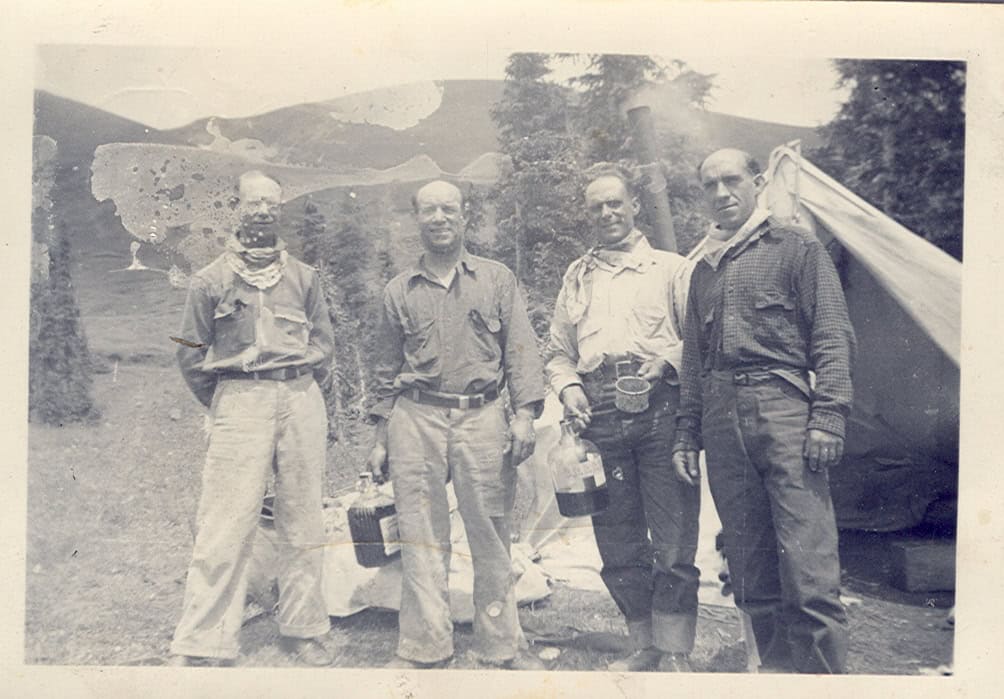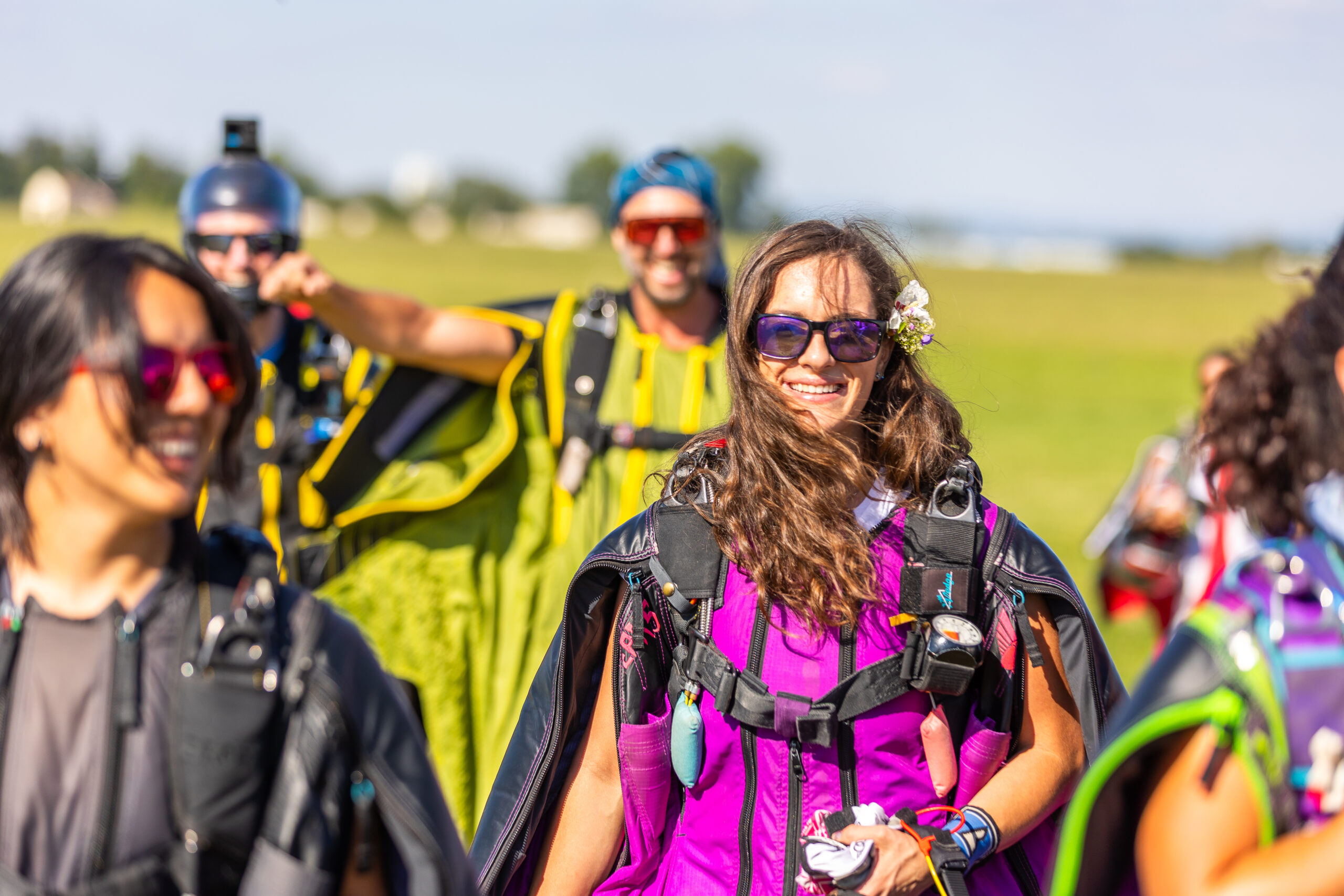Some information may be outdated.

On September 8, 1522, Spanish-Basque navigator Juan Sebastian Elcano, from the Basque province of Gipuzkoa, completed the first known single expedition voyage around the globe as part of the journey that began under the command of Ferdinand Magellan. When Magellan died in 1521, Juan Sebastian Elcano took over as commander of the ship “Victoria,” sailing back to Seville, Spain, three years after the start of the expedition.
September 8 is now known as the Day of the Basque Diaspora around the world. It celebrates the hundreds of thousands of Basques who have migrated all over the globe, 60,000 of whom now live in the United States—an estimated 1,500 to 2,000 Utah citizens identify as Basque. In the 1970s, the Basque Club of Utah was officially organized at The Hogar Hotel, a Basque boarding house in Salt Lake City.
Here in Southeast Utah and Southwest Colorado, Basque individuals historically spent time herding sheep and working as camp-movers. Others became stockmen, orchardists, and businessmen.
News reports would often misidentify individuals as “Frenchman,” “Spaniards” or “Mexicans” and even a few cases misreport individuals as Basque when they were really Portuguese, French, or Spanish. But some contemporary news articles do shed light on the lives of Basque people who lived and worked in the region. A few of the most notable cases in the news concerned deaths.

The 1921 trial of Charlie Glass (1868-1937), a local Black cowboy, for the murder of 26-year-old camp-mover Felix Jusi (1895-1921), from the French Basque province of Navarre, Spain, featured for several months in the regional news. A variety of stockmen, camp-movers, cowboys, and sheepherders all testified in the case; Glass would later be acquitted as the courts deemed him justified in self-defense.
In 1925, tragedy again struck when former Grand County sheepherder Jean Aldasaro (1886-1925) was assassinated while in a meeting at his “French Hotel” in Price. Aldasaro had immigrated to Colorado from the Basque province of Gipuzkoa. He worked his way up from sheepherder to livestock operator and businessman. His Basque boarding house in Price was a popular and successful venture until he was shot in July of 1925. The suspected assassin was a Catalonian sheepherder, Antonion Mancebo, who left the pistol behind on the street outside the hotel. News reports indicated Mancebo was never found.
In 1927, the newspapers would report the sudden death of local sheepherder Domingo Yrueta (1885-1927) from the Spanish Basque province of Berriatua, Spain. He was found with a broken neck at the bottom of a cliff over 100 feet tall in Hell Roaring Canyon; he had been searching for several sheep that had separated from his flock.

But not all Basques in the region met a tragic end. The four Etcheverry brothers from the Basque province of Navarre, France would make their way over several years to Utah and Colorado, eventually becoming livestock operators with their own successful operations. The brothers ran sheep from Cisco to the La Sals to what would eventually become Arches National Park. Descendants of the Etcheverry brothers are still operating sheep in the American West.
In celebration of Day of the Basque Diaspora, a pop-up exhibition, featuring a summer sheepherder’s camp will be displayed on the Museum Lawn, 9 a.m. to 4 p.m. on Friday, September 8 & Saturday, September 9, during which time the public is invited to swing by and help us celebrate the Basques of Southeast Utah.
The Moab Museum is dedicated to researching, uncovering, and sharing the stories of all cultures who have made their way here to Southeast Utah. Museum staff are always looking to connect with those who may have more insights and information to share about the various cultures of our region. To explore more of Moab’s stories and artifacts, find out about upcoming programs, and become a Member, visit www.moabmuseum.org.
Appreciate the coverage? Help keep local news alive.
Chip in to support the Moab Sun News.




